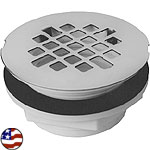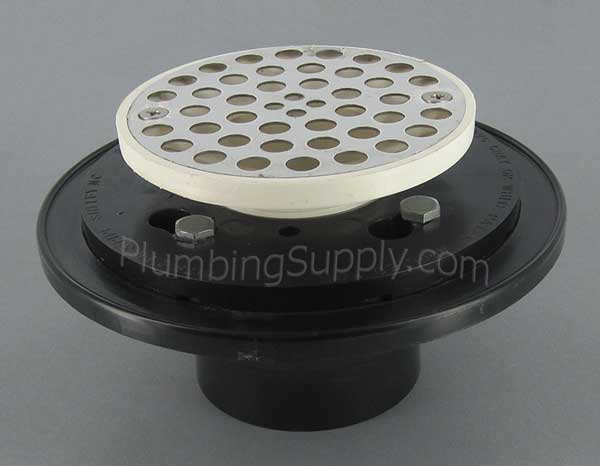Nick Evans
New Member
We are remodeling our bathroom, and right now I'm in the midst of re-doing the shower. I had a guy come give me an estimate for cultured marble panels, and he mentioned that our shower drain needed replaced. The previous shower was tile, and it had cracked and leaked through and caused rot on some of the framing, such as on the curb, but there was no pipe/drain leakage that I am aware of, or that we can see from below (no water damaged ceiling in the room below the shower).
When he mentioned the drain needed replaced, he did indicate that I could potentially replace just 2/3 parts of the drain. I am trying to understand why the drain needs replaced, and what specifically needs replaced. Below are some pictures of what's left after I broke out the cement pan.
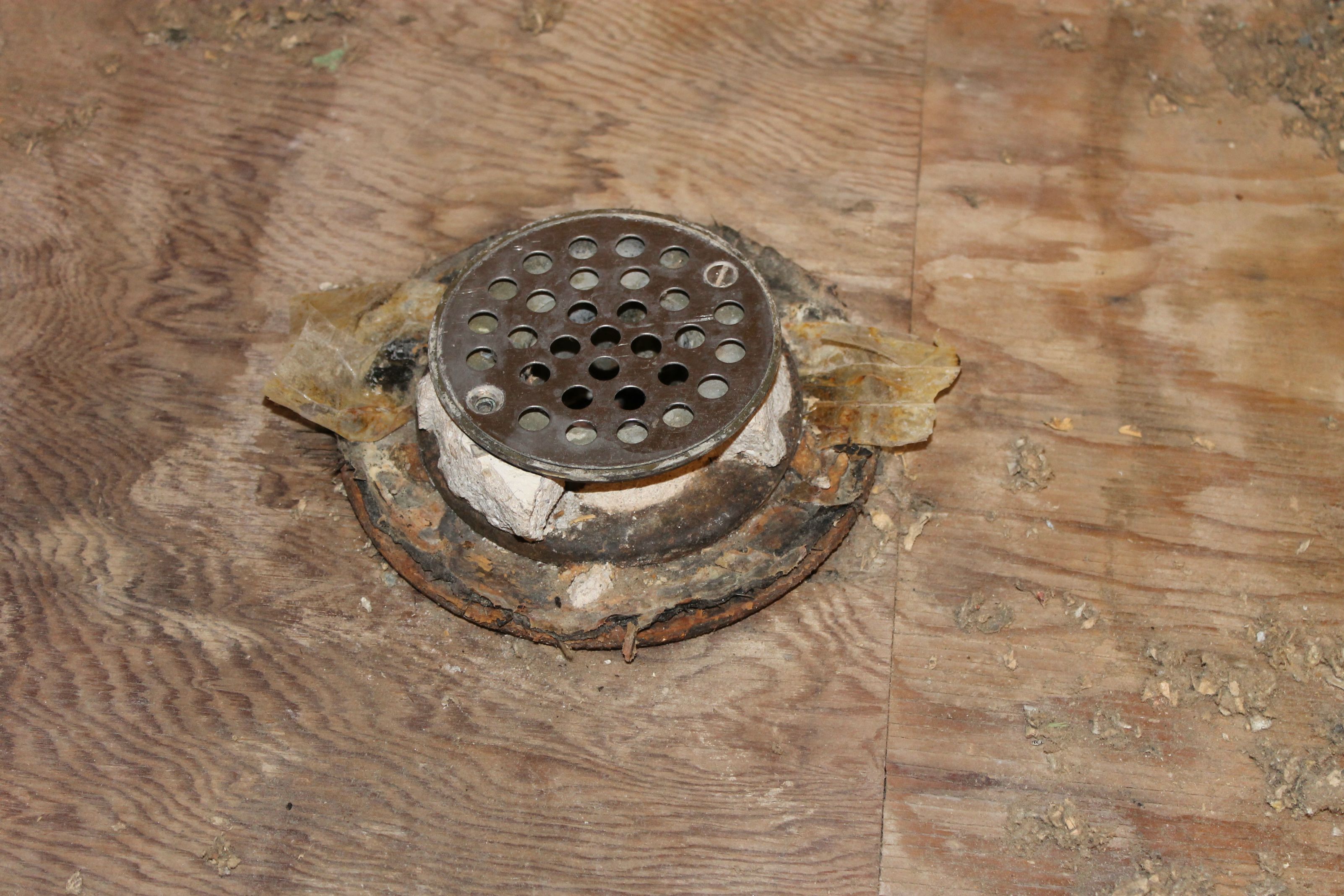
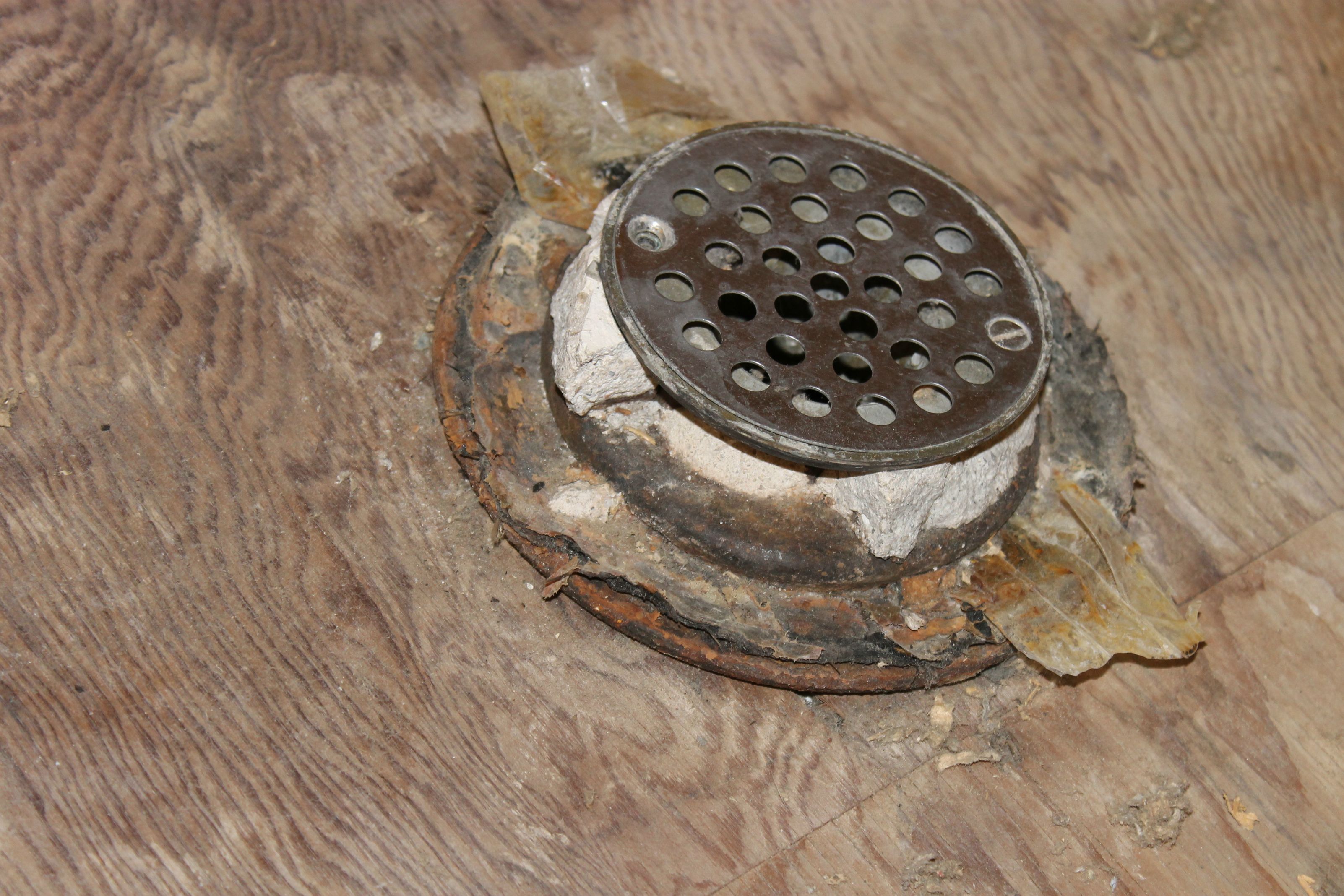
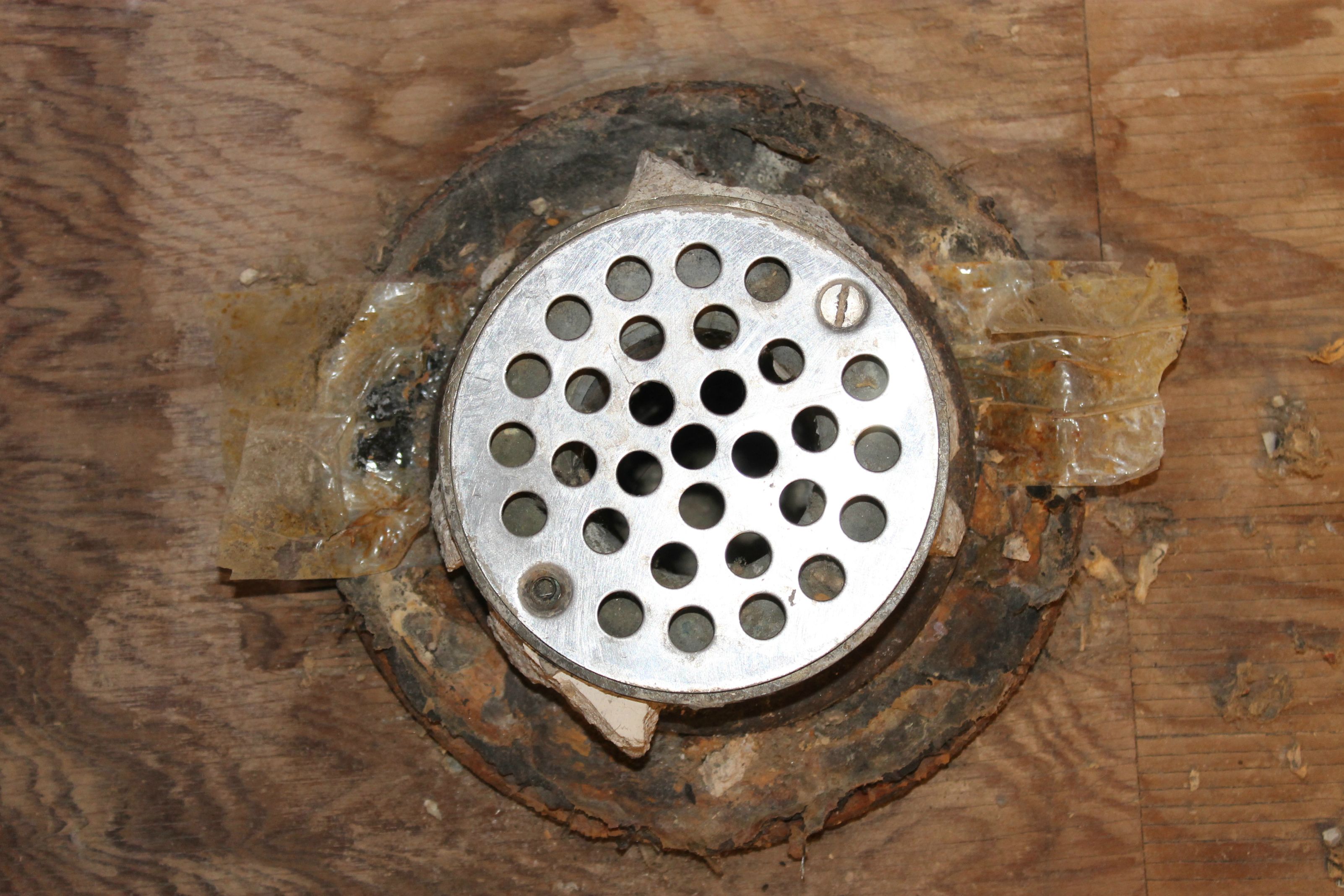
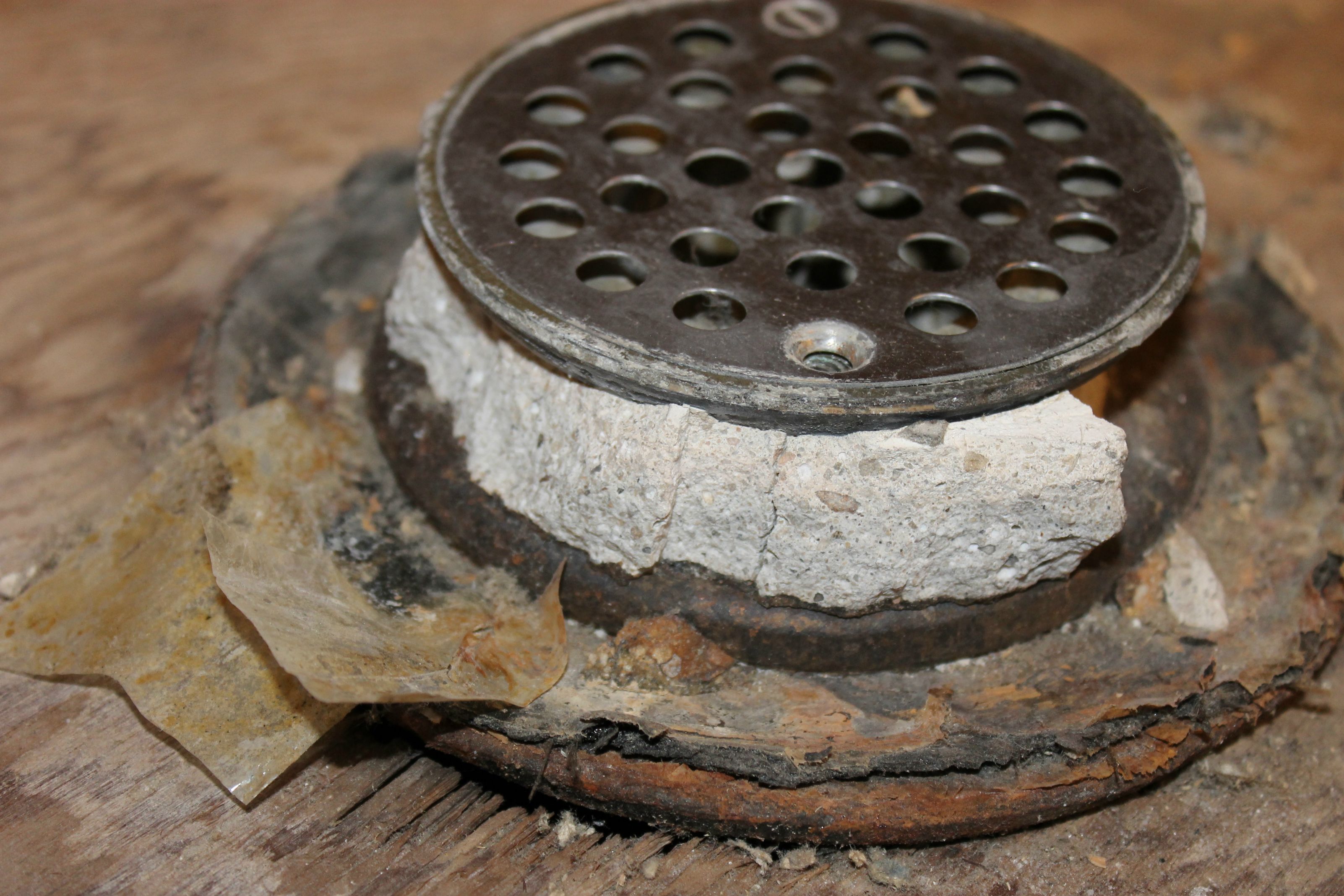
If this is a 3 piece drain,and if only 2 parts need replaced, can anyone either share how that disassembles, or point me at some good info on it? He indicated that to do all 3 parts would mean removing the sub-floor and cutting the cast iron pipe, then binding in new pipe and drain. I realize that the residual cement under the piece of drain would obviously have to go, but is that the biggest reason this needs replaced? Are there specific replacement parts I would need to use since I'm dealing with a cast iron pipe?
Essentially I'm trying to figure out what I truly need to do for this shower to be ready to start putting everything else in (pan, shower panels etc). I appreciate anyone's input on what to do with regards to the drain.
When he mentioned the drain needed replaced, he did indicate that I could potentially replace just 2/3 parts of the drain. I am trying to understand why the drain needs replaced, and what specifically needs replaced. Below are some pictures of what's left after I broke out the cement pan.




If this is a 3 piece drain,and if only 2 parts need replaced, can anyone either share how that disassembles, or point me at some good info on it? He indicated that to do all 3 parts would mean removing the sub-floor and cutting the cast iron pipe, then binding in new pipe and drain. I realize that the residual cement under the piece of drain would obviously have to go, but is that the biggest reason this needs replaced? Are there specific replacement parts I would need to use since I'm dealing with a cast iron pipe?
Essentially I'm trying to figure out what I truly need to do for this shower to be ready to start putting everything else in (pan, shower panels etc). I appreciate anyone's input on what to do with regards to the drain.

